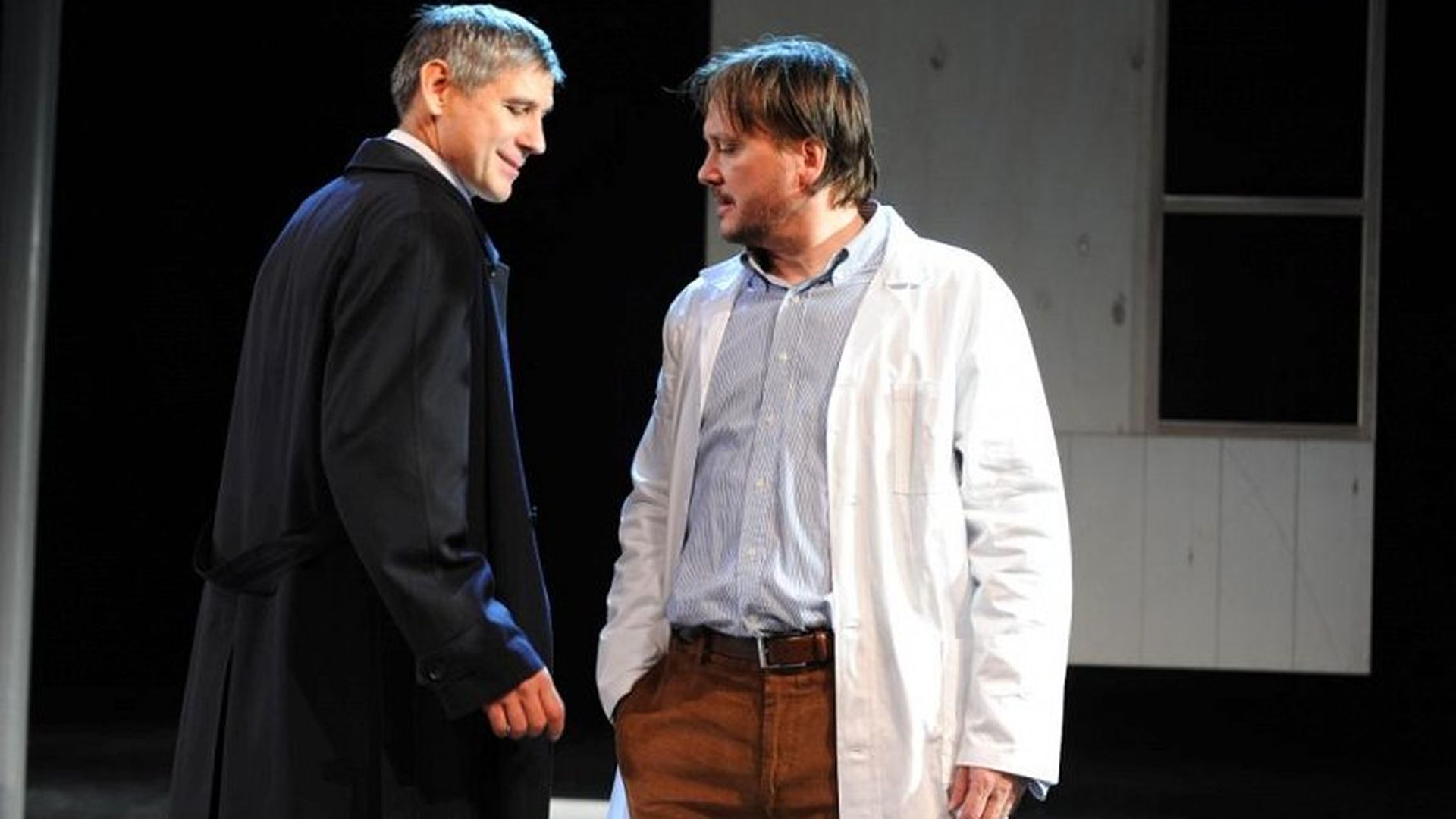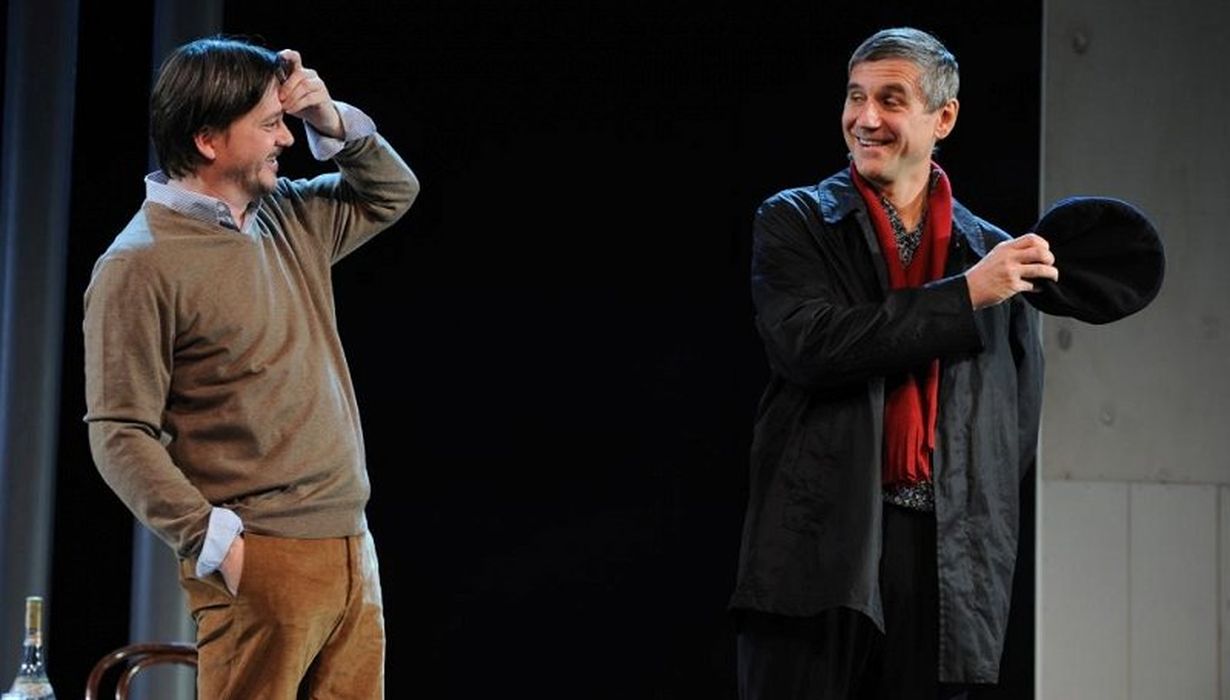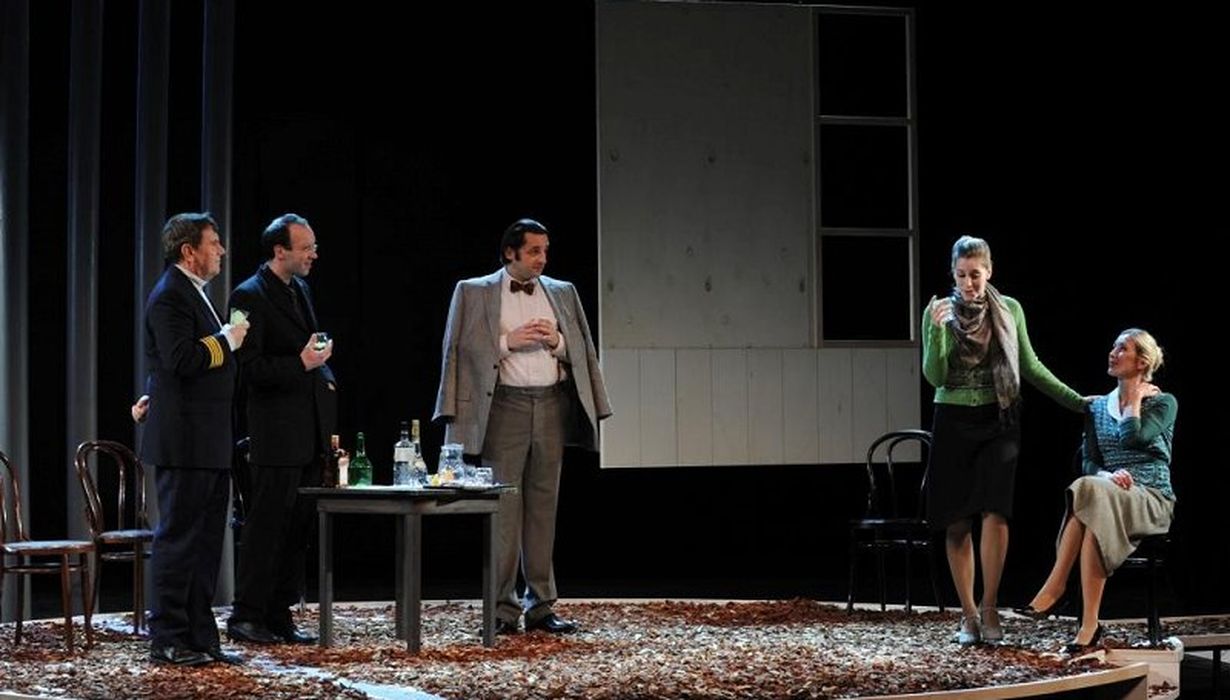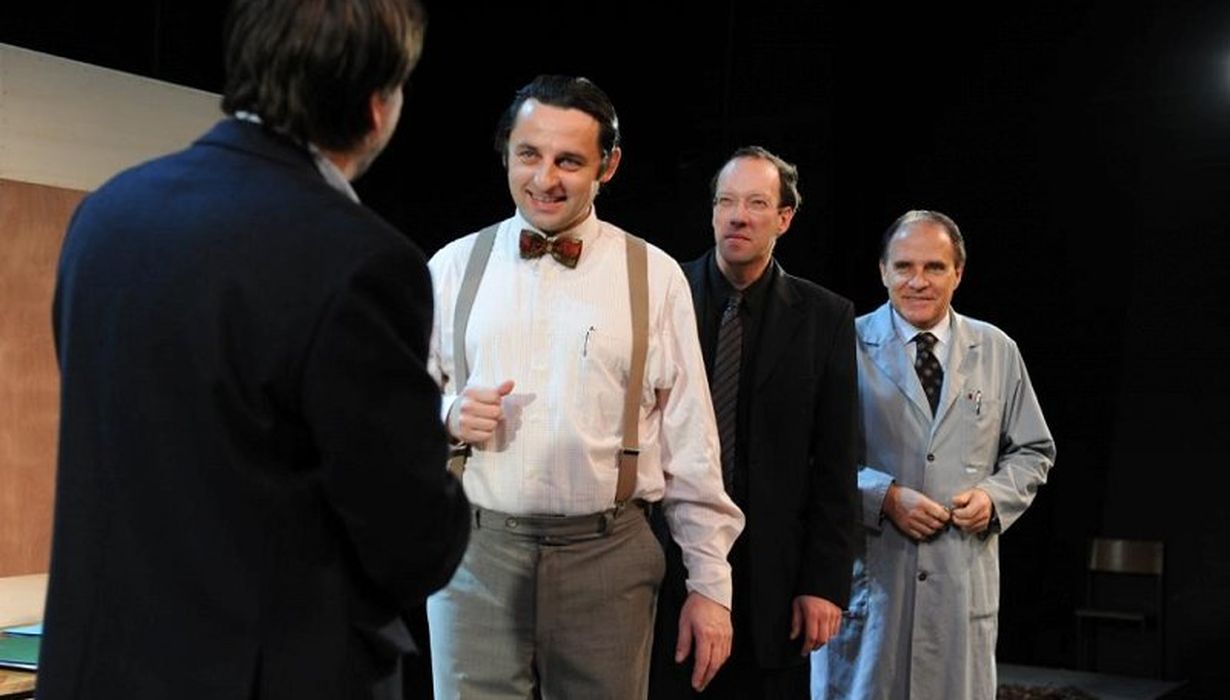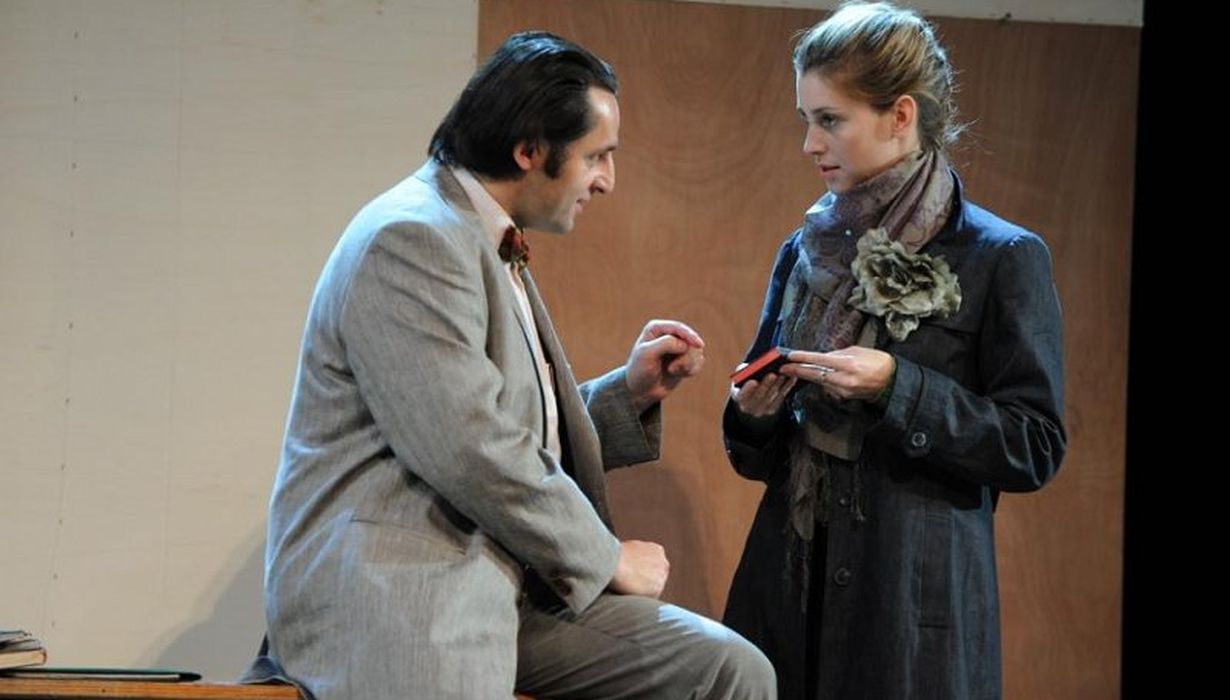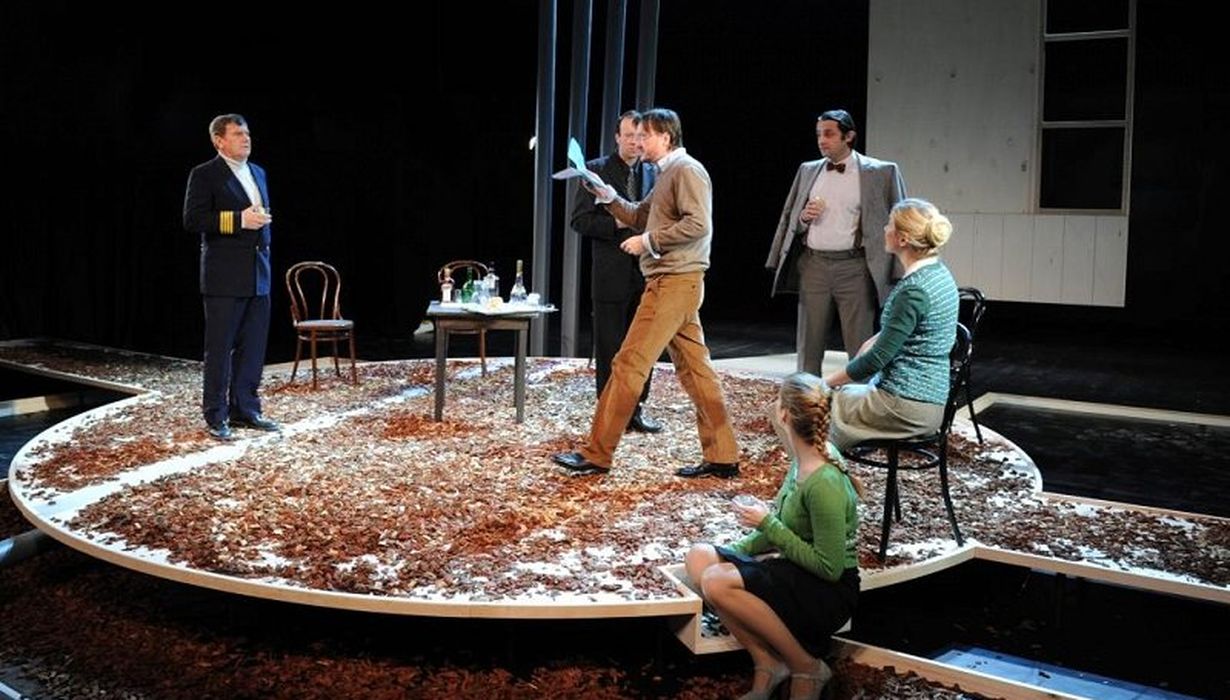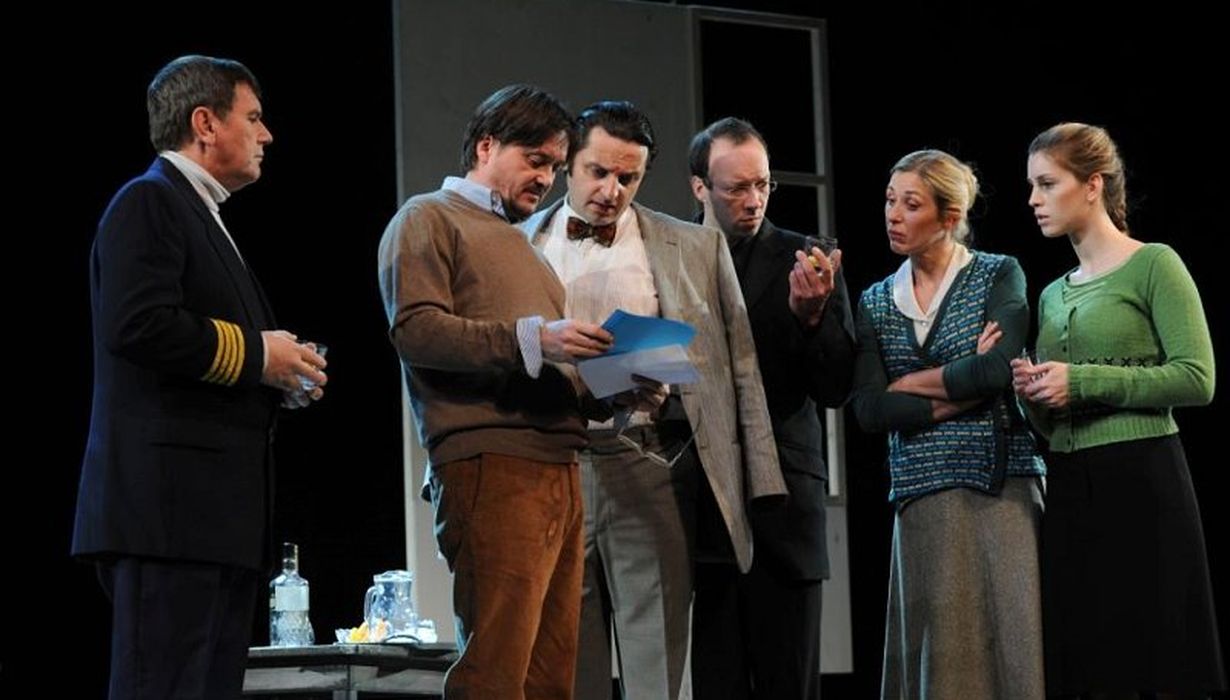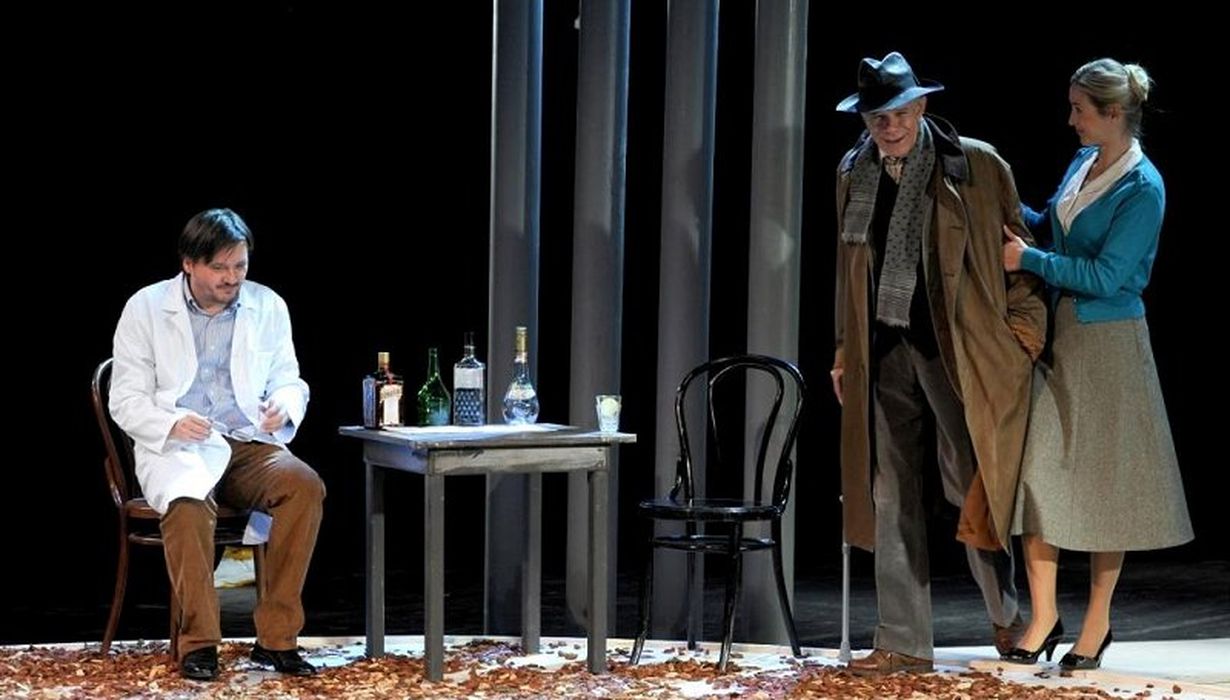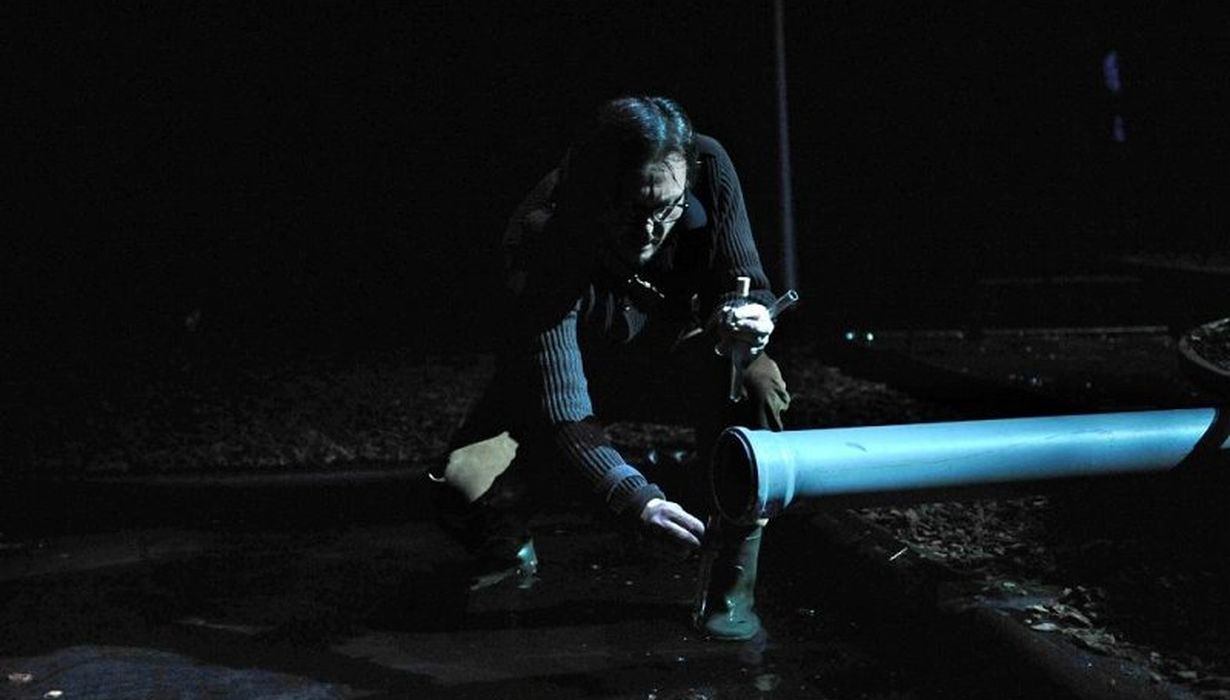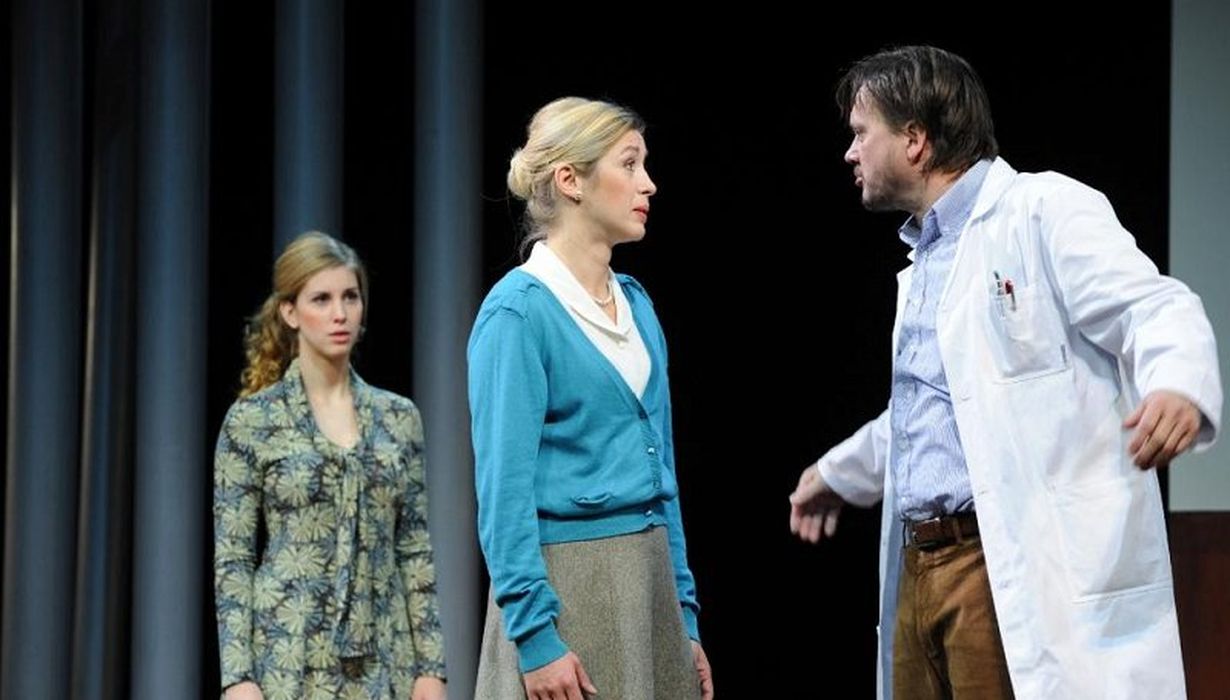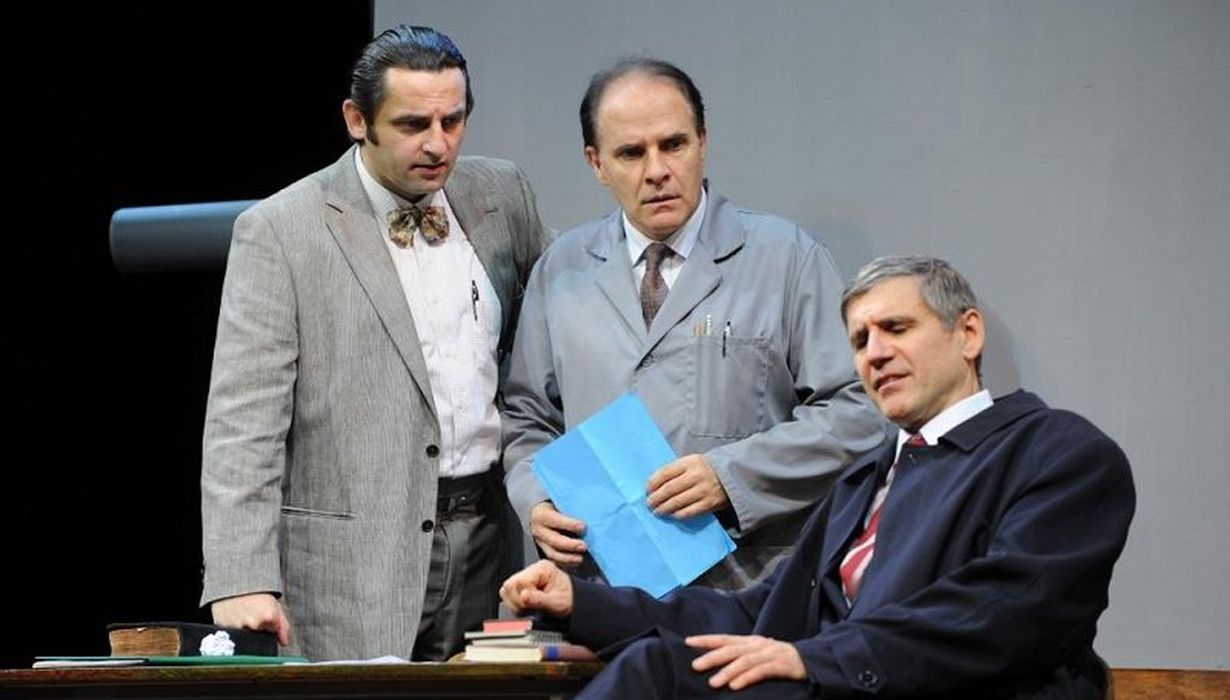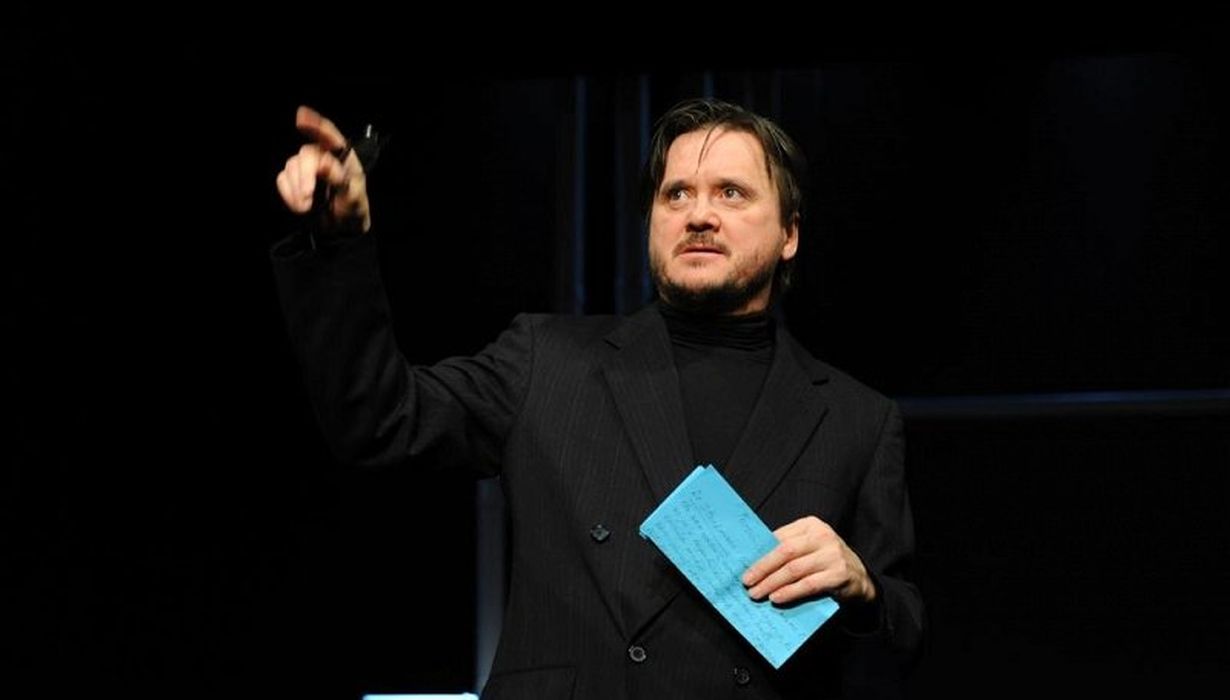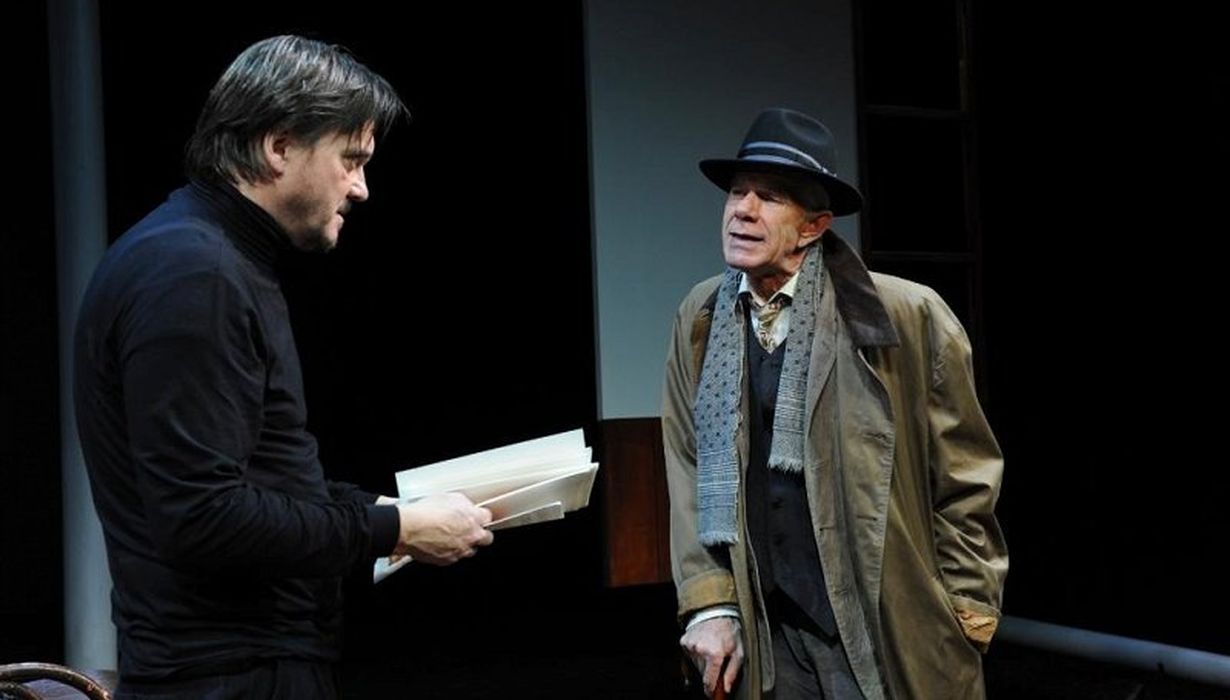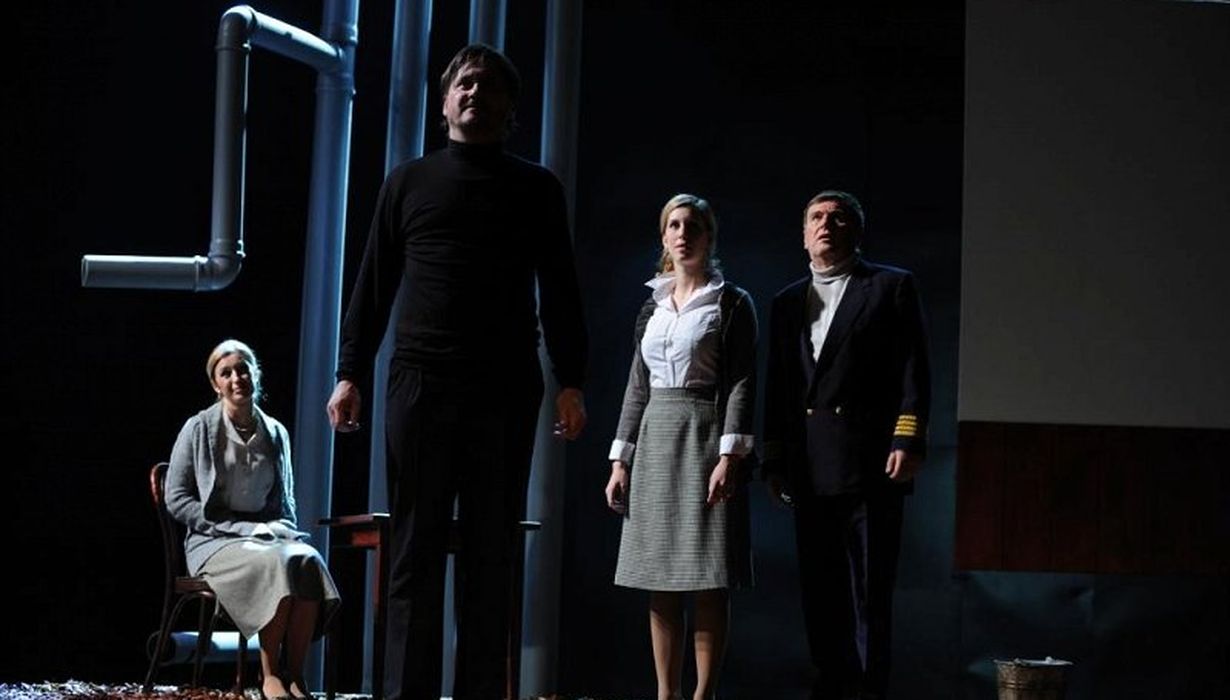An Enemy of the People
En folkefiende
PREMIERE
2. december 2010
SNG Nova Gorica
Dr. Stockmann’s idea of establishing municipal baths made the community in a coastal town in the south of Norway flourish; the medicinal baths have become the main source of income, and tourism the nexus of development. However, in the midst of the enthusiastic anticipation of a successful tourist season and international success, Dr. Stockmann finds out that the “town's pulsating heart”, as he once called the baths, is in fact a pest-house. The ambitious mayor, the doctor's brother, only sees this discovery as a scandalous lie, because repairing the water pipes, baths, and the sources of pollution would be far too costly and would – of course – change, maybe even stop, the profitable plans. The doctor, certain of the townspeople’s support, starts to fight the authorities for the rights of safe drinking water, a clean environment, and honesty towards the guests in the baths, but …
Henrik Ibsen, the great Norwegian dramatist, expresses in An Enemy of the People his distaste for social limitations and lies that he also had to face when the public vehemently refused his previous plays and tried to distance itself from the non-compromising revealing of taboos (A Doll's House and Ghosts). With the doctor's daring thesis that “it is the masses, the crowd, the compact majority, that have the monopoly of broad-mindedness and morality ”, the polluted baths are established as a symbol of the corruption of the society. Today, however, the focal critical point of the surprisingly actual diagnosis of the functioning of the (bourgeois) world might be summed up in the question: what does non-conformism – considered an ideal and a value in European history ever since Socrates’ death – mean today?
Creators
-
Director
Dušan Mlakar -
Translator
Marija Zlatnar Moe -
Authors of Adaptation
Srečko Fišer, Ana Kržišnik, Dušan Mlakar -
Dramaturg
Ana Kržišnik -
Language Consultant
Srečko Fišer -
Set Designer
Sanja Jurca Avci -
Costume Designer
Jerneja Jambrek -
Composer
Mirko Vuksanović -
Light Designer
Samo Oblokar -
Assistant to Set Designer
Benjamin Hafner
Performing
Dr. Thomas Stockmann, medical officer
Branko Šturbej k. g.Mrs. Stockmann, his wife
Helena PeršuhPetra, their daughter, a teacher
Nina Rakovec k. g.Peter Stockmann, the Doctor's elder brother, mayor of the town
Radoš BolčinaMorten Kiil, a tanner, Mrs. Stockmann's adoptive father
Ivo BarišičHovstad, editor of the "People's Messenger"
Gorazd JakominiBilling, sub-editor
Miha NemecCaptain Horster
Jože HrovatAslaksen, a printer
Milan VodopivecDrunkard
Branko Ličen
2. 12. 2010 at 20.00 SNG Nova Gorica.
4. 12. 2010 at 20.00 SNG Nova Gorica.
8. 12. 2010 at 11.10 SNG Nova Gorica.
8. 12. 2010 at 20.00 SNG Nova Gorica.
9. 12. 2010 at 11.10 SNG Nova Gorica.
9. 12. 2010 at 20.00 SNG Nova Gorica.
17. 12. 2010 at 20.00 SNG Nova Gorica.
18. 12. 2010 at 20.00 SNG Nova Gorica.
21. 1. 2011 at 11.00 SNG Nova Gorica.
21. 1. 2011 at 20.00 SNG Nova Gorica.
21. 3. 2011 at 11.00 SNG Nova Gorica.
5. 4. 2011 at 10.30 SNG Nova Gorica.
25. 1. 2012 at 19.30 Mestno gledališče ljubljansko.
28. 1. 2012 at 20.30 Slovensko stalno gledališče Trst.
24. 2. 2021 at 23.00 splet.



